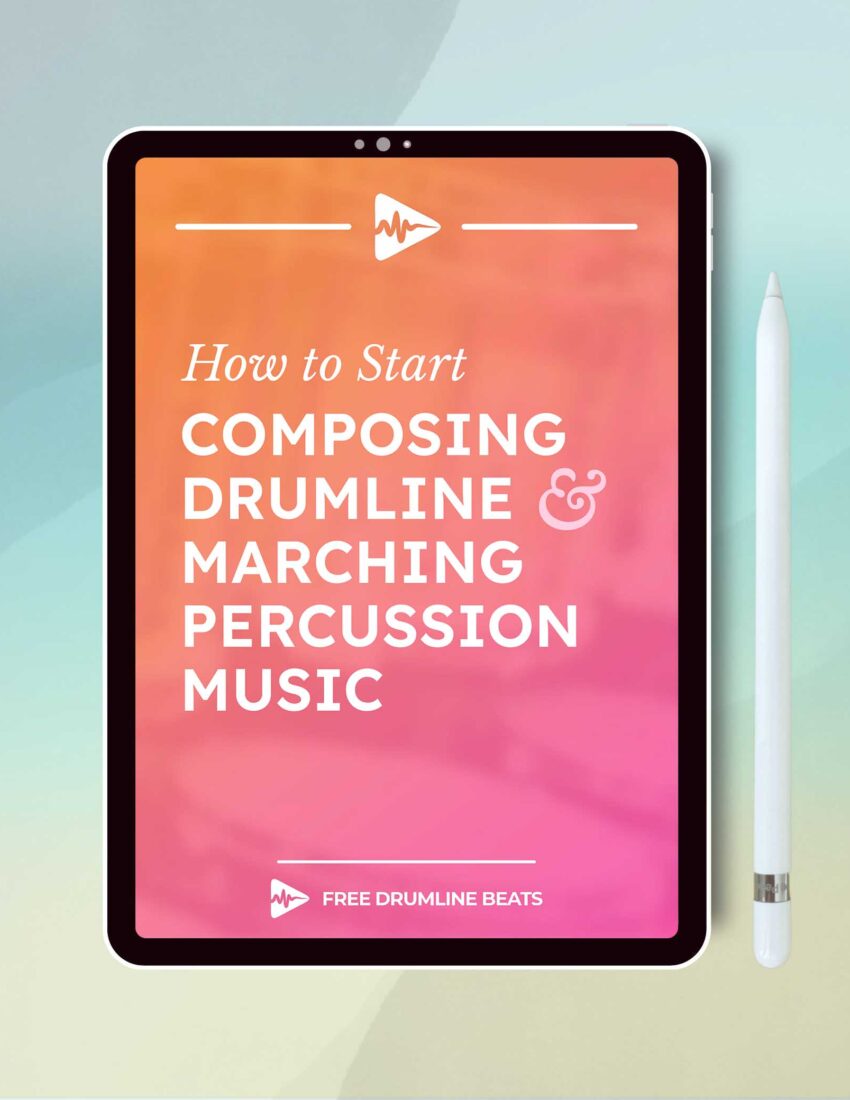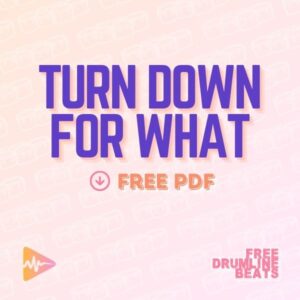Building a Marching Percussion Vocabulary
Included in this article are some fundamental elements of percussion we all use as players and writers.
Mastering these basics will help you organize your approach to practice, soloing, and writing music.
Be patient! Go slow and gradually speed up when you feel comfortable. Use a metronome and keep track of your tempo during all practice sessions.
Basic Beat Patterns and Accents
Develop a consistent motion in your strokes. Establish a comfortable grip and relax your fingers and hands.
The natural reaction is for the stick to rebound. Let it happen! Play these at all dynamic levels.
Basic Snare Drum Technique
There are a number of effective methods for learning basic snare drum technique. So be open to suggestions and seek a teacher to help guide you through the fundamentals.
Below are some guidelines to get you started.
Grip Guidelines and Posture
Learning to hold the sticks properly is essential for improving technique. Use the photos as a guide and make sure to memorize the feel of the following guidelines:
- Fulcrum (thumb and first two fingers)
- Finger contact (comfortably wrap all fingers around the stick; not too tight)
- Bead placement (as close together as possible for an even sound) and then striking area (center of the drum head)
- Wrist motion (down position and up position).
Basic snare drum technique: grip & posture.
Stand with your legs slightly separated and your arms resting comfortably by your side.
The drum should be at waist level. Put your hands in the playing position with the sticks in the center of the drum head.
Your shoulders, arms, and hands should remain relaxed.
Stroke Motion, Rebounds, and Stick Heights
Make sure the bead of the stick goes straight up and down. Try your best to land in the same spot on the drumhead with each stroke.
No slicing motions!
Relax your fingers, hands, and arms so the stick will bounce. Change stick heights to help control dynamics.
Here are the basic strokes you’ll need to learn one by one:
Basic snare drum technique: Stroke types.
Now combine these strokes into one exercise. F-D-T-U See example #1 below.
Multiple Bounce
Play a down stroke and let the stick bounce freely as many times as possible.
Practice this with the right and left hand. Now you have the basics to play a multiple bounce, or buzz roll.
Flams
A flam consists of an up stroke in one hand while playing a down stroke in the other.
Play the upstroke just before the down stroke. See example #2 below. As you play make sure to review and maintain the grip guidelines.
Right Flam
Play an up stroke in your left hand and a down stroke in your right hand
Left Flam
Play an up stroke in your right hand and a down stroke in your left hand
Single-double-triple beats
Use full strokes and make sure your feel the natural rebound of the stick. Go slow at first.
Then gradually speed up the tempo. See examples #3 – #5 below.
Basic snare drum technique: Single-double-triple.
Percussive Arts Society Rudiment Sheet
Any good snare drummer has a knowledge of the 40 International Drum Rudiments.
These patterns use all the basic strokes plus single, double, and triple beats and are a great way to improve stick control and expand your musical vocabulary for solos.
Download a copy from the Pearl website and get practicing.
Music Reading
Reading music is very important for your development as a musician. See your teacher to supplement your practice with reading excerpts.
I suggest looking at the Rhythmic Building Blocks segment of my article, Building Percussion Vocabulary.
Practice Tips
Here are a few simple reminders for making your practice more effective:
- Go slow at first, then gradually increase tempo. Stay relaxed.
- Always review and maintain the grip guidelines and posture.
- Practice dynamics.
- Use a Pearl practice pad.
Play along to a recording of your favorite music. It develops your timing and makes it fun!












